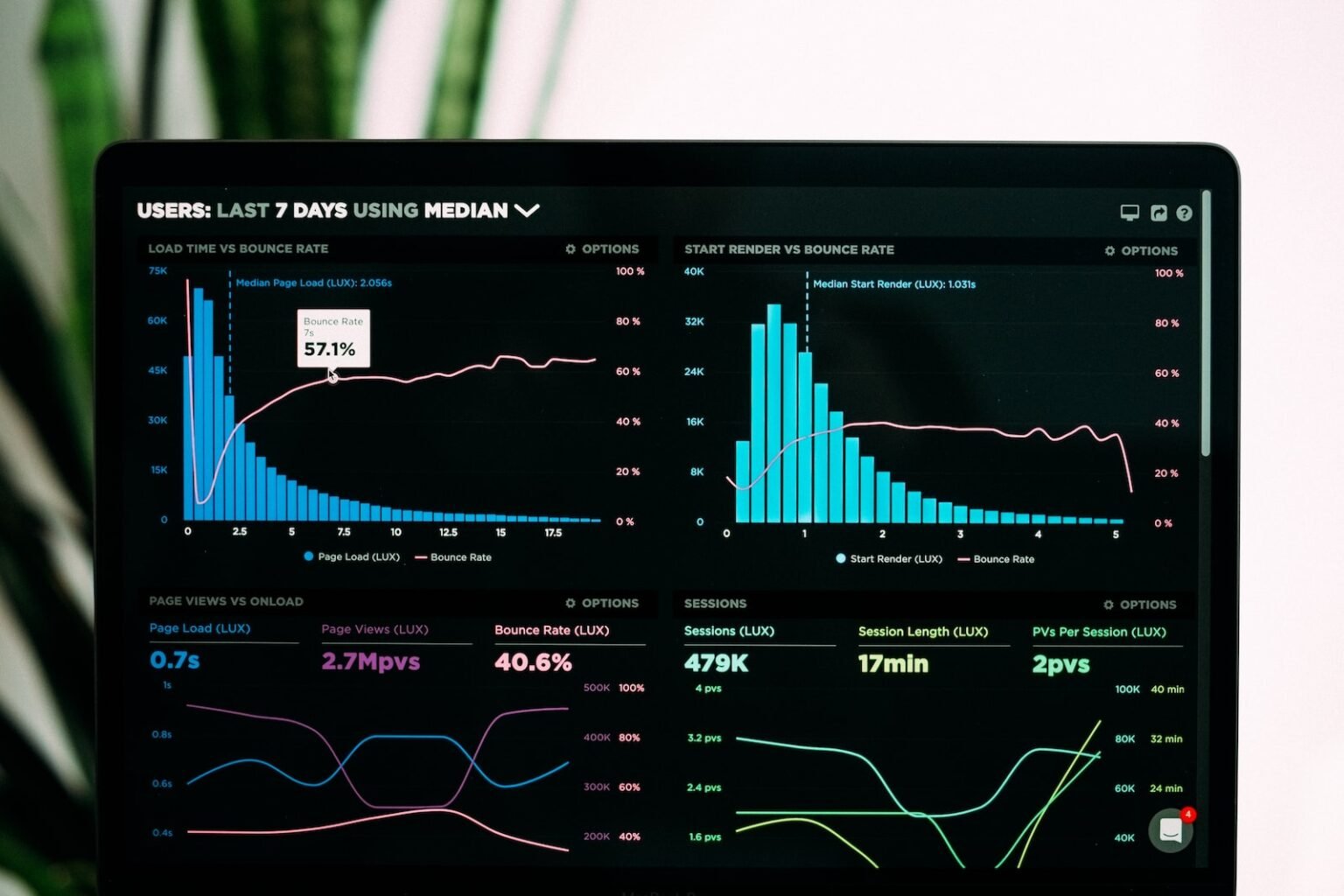
What exactly is big data?
Big data is defined as data that has a wider variety, arrives in greater numbers, and moves more quickly. These are also referred to as the three Vs.
Helpful Big Data-related articles can be found here easily. They presented a brief description of each and every aspect and technology currently being used in the data science field.
- Visualization of big data in data science
- Power bi and it’s importance in big data
- Power bi and dax functions in big data
Big data is simply larger, more complex data sets, particularly from new data sources. The sheer size of these data sets makes it impossible for conventional data processing technologies to handle them. However, you may use these enormous amounts of data to address business issues that were previously impossible to manage.
- Volume: Data volume is essential. With big data, you’ll need to process large amounts of unstructured, low-density data. Data of undetermined significance, such as Twitter data feeds, clickstreams on a website or mobile app, or sensor-enabled equipment, can be included in this. This could amount to tens of terabytes of data for certain firms. Others might need hundreds of petabytes.
- Velocity: Velocity is the quick rate at which information is acquired and (perhaps) used. The highest velocity of data often flows into memory without being copied to the disc. Some internet-enabled smart gadgets function in real-time or very close to it, necessitating real-time analysis and response.
- Variety : Variety alludes to the various kinds of facts that are readily available. Traditional data formats were well-organized and easily incorporated into relational databases. New unstructured data forms have emerged due to the growth of big data. To extract meaning and support information, further preprocessing is needed for unstructured and semi-structured data forms including text, audio, and video.
Profiles:
All the big data-related profiles that will lead you to the authentic articles can be found here:
You can also view virtual university handouts too: